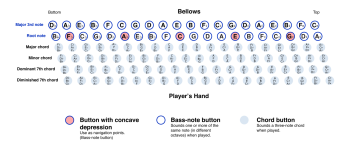Ventura
Been here for ages!
well ok, but an inferior instrument DOES prevent many students
from becoming the better player they are capable of being
it is tough, when you are young and poor and stuck with
something you can easily outplay, to excel or even to be
inspired/motivated to try and excel
i have always advised Parents and Students alike when selecting
an instrument to please get the best one you can possibly afford..
from becoming the better player they are capable of being
it is tough, when you are young and poor and stuck with
something you can easily outplay, to excel or even to be
inspired/motivated to try and excel
i have always advised Parents and Students alike when selecting
an instrument to please get the best one you can possibly afford..

